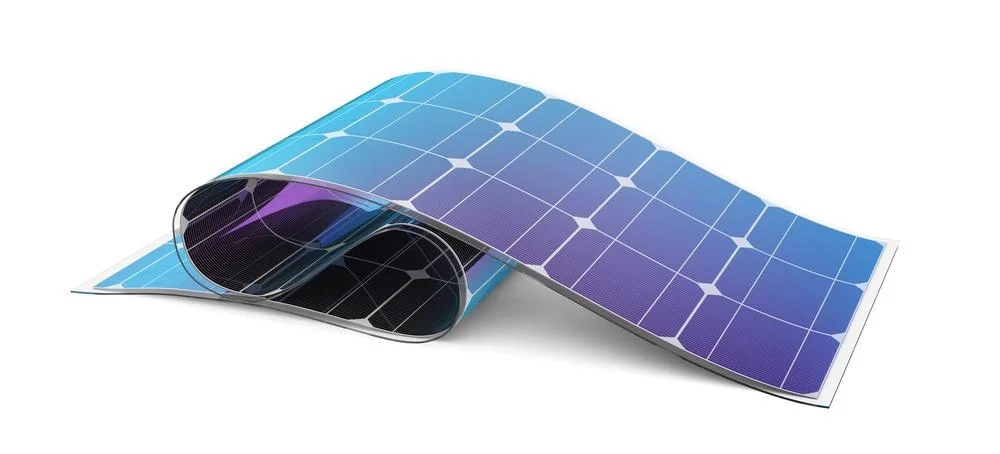What are the applications of graphene in the field of thermal conductivity?

At present, with the continuous deepening of research, the application of graphene in the field of thermal conductivity has achieved remarkable results, including the formation of graphene films through chemical bonds between sheets, as a filler in thermally conductive composite materials and thermally conductive coatings, and the preparation of graphene. Polyethylene fiber new functional textile materials, etc.
1. Graphene thermal film
Artificial graphite film has been the most ideal choice for thermal conductive films for a long time in the past. It can usually be used as a heat sink in electronic components and is attached to the surface of electronic components that easily generate heat to evenly disperse the heat generated by the heat source. However, since high thermal conductivity graphite films are mainly prepared using the technical route of PI film carbonization-graphitization method, which requires high-quality polyimide films as raw materials, and its research and development and production have high technical barriers, so the industry has always hoped Other alternatives can be found to solve the problem of raw materials being blocked by technology, and graphene thermal conductive film is an ideal alternative.
2. Thermal conductive filler
As a two-dimensional thermally conductive filler, graphene is easier to form a thermally conductive network than granular fillers, and has good application prospects in thermal interface materials and thermally conductive coatings.
a. As a thermal interface material thermally conductive filler
Compared with traditional granular thermally conductive fillers, thermally conductive fillers using graphene as a thermal interface material can not only utilize its ultra-high in-plane thermal conductivity, but its large diameter-to-thickness ratio is also more conducive to the construction of a three-dimensional thermal conductivity network. It has strong advantages in compounding with fillers of other dimensions to improve the thermal conductivity of thermal interface materials.
b. As a filler for heat dissipation coatings
Heat dissipation problem is a big bottleneck restricting the development of lightweight high-performance devices. As a special industrial coating, heat dissipation coating can increase the heat dissipation speed and efficiency of the surface of the object by enhancing the infrared radiation rate of the heat source surface, and reduce the surface temperature of the material. Meet the need for efficient heat dissipation of devices despite space and size constraints.
3. High thermal conductivity graphene fiber functional textiles
High thermal conductivity graphene fiber is a new type of carbon fiber material composed of graphene units assembled and arranged in an orderly manner. It is assembled in an orderly manner using graphene oxide dispersion or functionalized graphene dispersion through wet spinning. . Its main advantage is that it has good mechanical, electrical and thermal properties at the same time, and can be combined with textile technology to produce functional textiles in large quantities through wet spinning.
Currently, the ultra-high thermal conductivity of graphene can be used to produce electric heating clothing that can keep warm and keep out the cold, as well as thermally conductive and cool-feeling textiles. Graphene electric heating clothing mainly uses graphene to convert the energy of the power supply into heat, and then combines the ultra-high thermal conductivity of graphene to evenly transfer heat to the entire body. It can keep the fabric light and soft while providing excellent thermal insulation performance. The thermally conductive and cool-feeling textiles utilize the high thermal conductivity of graphene, which causes rapid heat loss from the skin surface after skin contact with textiles, significantly lowering body temperature and providing people with a more comfortable wearing experience.
